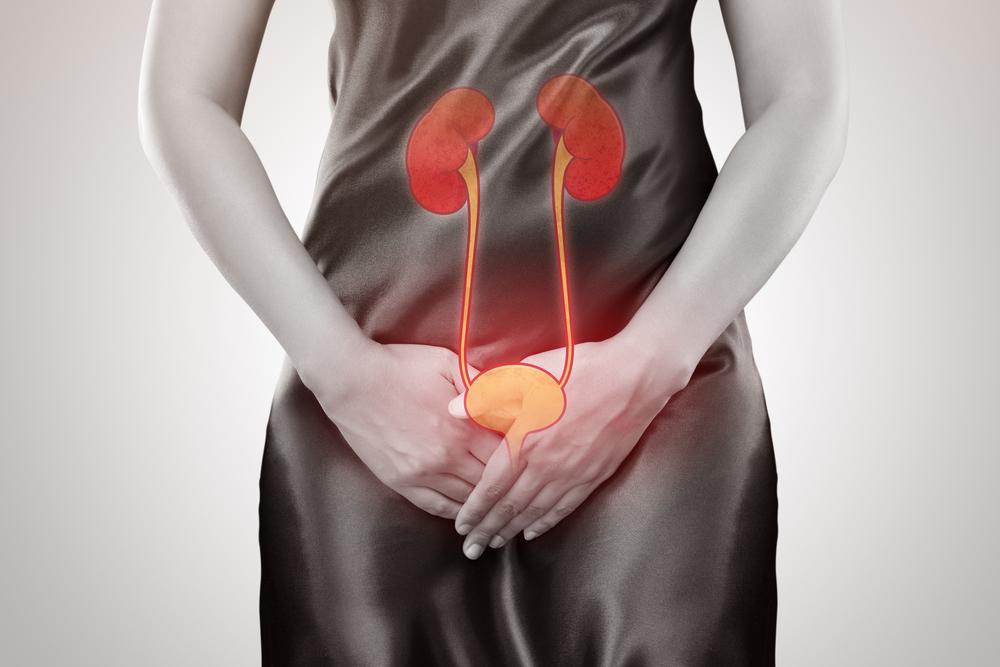Understanding Urinary Tract Infections: Causes, Symptoms, and Treatment Strategies
This article provides comprehensive information on urinary tract infections, including causes, risk factors, symptoms, treatment options, and prevention tips. It highlights the importance of proper hygiene and timely medical intervention for effective management. Whether you're seeking knowledge to prevent UTIs or understanding treatment strategies, this guide covers essential aspects to safeguard urinary health. Stay informed to reduce the risk and recognize symptoms early for prompt treatment, ensuring better health outcomes.

Understanding Urinary Tract Infections: Causes, Symptoms, and Treatment Strategies
Urinary tract infections: Causes, Risk Factors, and Management
An infection within the urinary system caused by microbes is known as a urinary tract infection (UTI). Most UTIs are triggered by bacteria, though fungi and occasional viruses can also cause these infections.
The urinary system includes the kidneys, ureters, bladder, and urethra. Typically, infections are confined to the lower urinary tract, involving the urethra and bladder, but can also affect the upper tract, involving the ureters and kidneys.
The lower urinary tract, comprising the urethra and bladder, is more frequently affected than the upper tract.
Below, discover information about UTI causes, symptoms, prevention, and treatment options.
What factors increase the risk of UTIs?
A number of elements can heighten the likelihood of developing a UTI. These include:
Gender — Women are more prone to UTIs than men because of a shorter urethra, which reduces the distance bacteria must travel to reach the bladder. Certain birth control methods, such as diaphragms, may also elevate risk.
Postmenopausal women are also more susceptible due to decreased estrogen levels, which alter urinary tract defenses.
Age — Older adults face a higher risk of UTIs.
Urinary tract anomalies — Congenital issues in urinary tract structure can hinder urine flow or cause reflux, increasing infection risk.
Catheterization — Use of urinary catheters in individuals unable to urinate naturally raises infection chances.
Signs and symptoms of UTIs
Urgent and frequent urination
Burning sensation during urination
Passing small urine amounts often
Blood in urine
Cloudy, foul-smelling urine
Pain or pressure in lower abdomen or back, with muscle aches
Fever or chills
Persistent fatigue
How are UTIs treated?
Antibiotics and antimicrobials are the primary treatments, tailored to the patient’s medical history.
Increasing water intake helps flush bacteria out of the urinary system.
Pain relief might be addressed with analgesics or heating pads if needed.
Completing the full course of antibiotics is crucial, even if symptoms improve early.
Most uncomplicated UTIs recover within 2-3 days; complicated UTIs, linked to other health issues, may take 1-2 weeks.
Recurrent UTIs often require lower-dose antibiotics over extended periods; postmenopausal women may benefit from vaginal estrogen therapy.
Preventive measures against UTIs
Regularly empty the bladder, especially when feeling the urge, and empty completely.
Wipe from front to back after using the bathroom.
Stay well-hydrated by drinking plenty of water.
Avoid scented products, hygiene sprays, and douches nearby genitals.
Cleanse genital area before sex and urinate afterward to eliminate bacteria.
Prefer showers over baths.
Avoid spermicidal gels, unlubricated condoms, and diaphragms for contraception.
Wear cotton underwear to keep the area dry and breathable.
Steer clear of tight jeans and nylon underwear.










